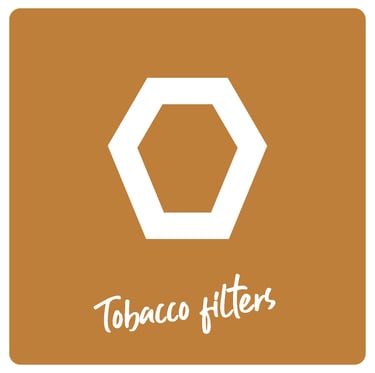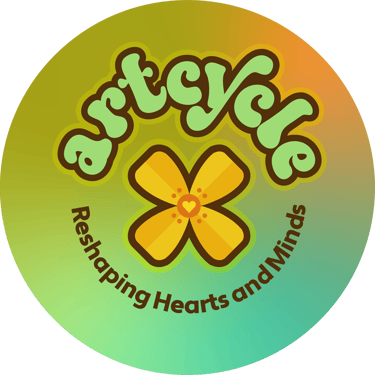Materials guide
Everything we discard has a value, see
this guide to discover some fun facts.
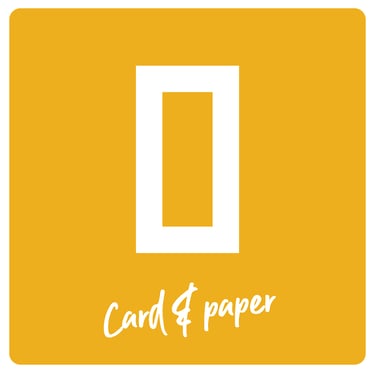

Card and paper
Made from pulp of and fibres makes it a biodegradable material perfect for packaging. Paper is separated into different grades for recycling, depending on quality and amount of spoiling. The recycled paper is wound on to huge rolls before being cut and dispatched to make new products we use everyday.
Hard Plastic
Originate from natural materials such as cellulose, coal, natural gas, salt and crude oil through a polymerisation or poly-condensation process. In this state they are not biodegradable and cause havoc on the environment. Plastic is moulded or hard and is classed as a hard plastic.
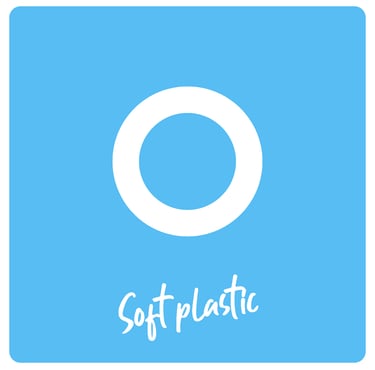

Soft Plastic
Take the test. Now, scrunch it up tight – if it pings back, it’s a useful indicator it’s a soft plastic. Ensure items are clean prior to recycling to avoid contamination. The new plastics will be recycled to create packaging and even longer life products such as fence posts, cable covers and children’s slides.


Mixed Metals
Metal is a robust raw material, never altering its original properties when recycled. Soda cans are made of aluminium, and the ring pull is made of steel. Britain recycles more metal than the industry currently demand resulting in 90% of recycled metal being exported abroad. Metal is 100% recyclable.
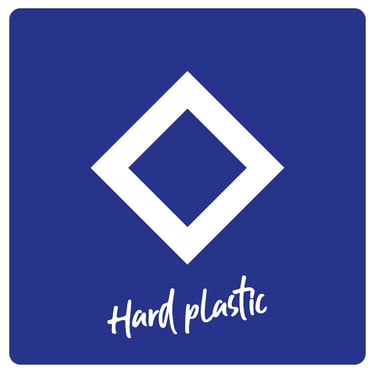



Mixed Glass
A hard brittle substance with gem like qualities. Used for commonly used for everyday items such as windows, mirrors, jars and bottles. Made by fusing sand with soda and lime and cooling rapidly, glass comes in a variety of colours. Glass is endlessly recycled with no loss of quality, which make it a great way to save energy from mining whilst more importantly preserving the planet’s raw materials.
Mixed Foods
Anaerobic digestion is a process of breaking down food waste, animal manure, slurries and energy crops in the absence of oxygen, inside an enclosed system, using microorganisms. As it breaks down methane is produced, collected and converted into biogas and used to creates a nutrient-rich digestate that can be used as a fertiliser for agriculture or a fuel for vehicles and to generate electricity.


Bubble Gum
A innovative process takes used bubblegum and cleans and purifies it, then mixes the synthetic rubber with other recycled plastics to make a strong, durable and material to remake into a range of new products such as coffee cups, gumboots and even shoe soles. The cute gum bins are helping to keep the nasty splodge of the pavements whilst saving UK councils money clearing up.
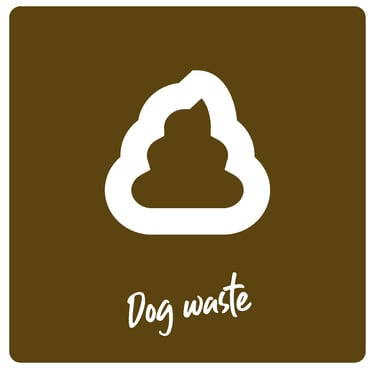

Dog Waste
Smelly contents are broken down by microorganisms in the anaerobic digester, producing methane to fuel and fertiliser. Make your own compost bin by adding dog poop to grass clippings, plant or other organic waste, and even sawdust as a source of food for the microbes. The enzymes activate so the organic matter it can safely return to the environment. Dog waste is compostable, but with cautions.


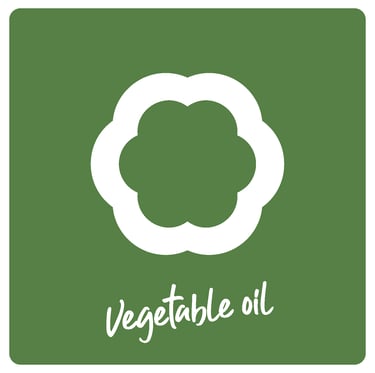

Vegetable Oil
Used oil, once filtered and cleaned, can be recycled into products like polish, cleaners, cosmetics, stock feed, and biodiesel. Through anaerobic digestion, oil and organics break down into gas for alternative energy. Biofuels made from oil can power vehicles, heat homes, and help reduce carbon emissions.
Tobacco Filters
Over four trillion smelly cigarette butts—made of plastic, not cotton are actually made of plastic fibres (cellulose acetate) which do not decompose. —are the most littered item globally and don’t decompose. They can be recycled: ash and tobacco composted, filters turned into mosquito-repelling material, toys, and stuffing.


Textiles
Natural fabrics like wool, cotton, and linen are compostable and eco-friendly. Synthetic textiles shed microplastics harm the environment. Contaminated rags can be repurposed into insulation or building materials. Scraps are great for crafts and textile art, and zips and buttons should always be salvaged.
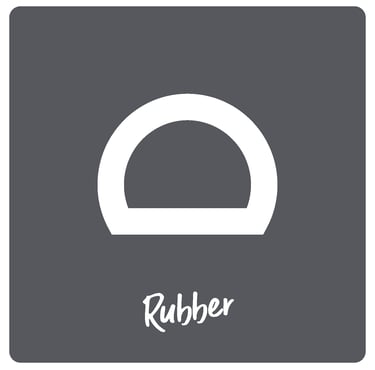

Rubber
Tyres are made of rubber (natural and synthetic), carbon black, silica, fibres, steel, and chemicals. Recycling methods are often proprietary, but the success of processing these materials can be separated, cleaned, and ground into granules. These are reshaped into fuel, new tyres, bricks, speed bumps, and soft playground surfaces.
